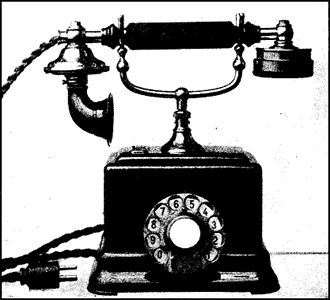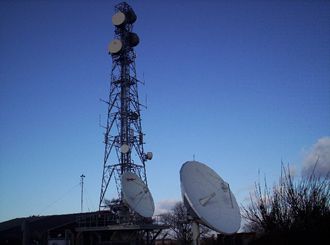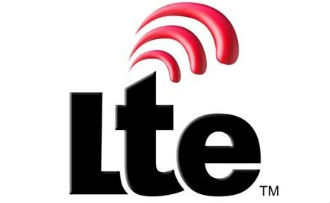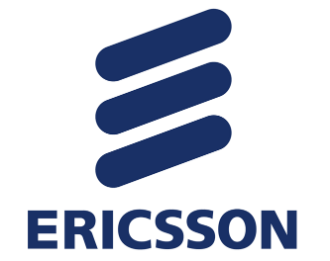 Huawei is spending a bomb to improve its 5G patent portfolio.
Huawei is spending a bomb to improve its 5G patent portfolio.
The outfit said that it wants to spend $600 million on 5G wireless research and development from 2013 to 2018.
But speaking to reporters at the Mobile World Congress in Barcelona yesterday, Huawei Chief Executive Ken Hu said that 5G research spending was likely to rise, without giving specific figures.
Huawei was Europe’s seventh-largest patent filer in 2014, up from 13th the previous year, according a report published last week by the European Patent Office (EPO). It was granted 493 patents by the European agency in 2014, although they were not all 5G related.
5G is supposed to be the next big thing, promises superfast internet speeds, broader network coverage and peace in our lunchtime.
It is also expected to be the driver to hook up objects to the internet from cars to health monitoring devices or the internet of things. The commercial launch of 5G is expected to begin in 2020.
“We have made quite a large number of technology innovations and breakthroughs,” Hu, deputy chairman and ‘rotating’ chief executive of Huawei, said.
These give Huawei a stronger position in terms of intellectual property, he said.
Hu urged cooperation among telecom operators, equipment makers and other industries to agree on a single set of standards for 5G technology to ensure a global market.
















